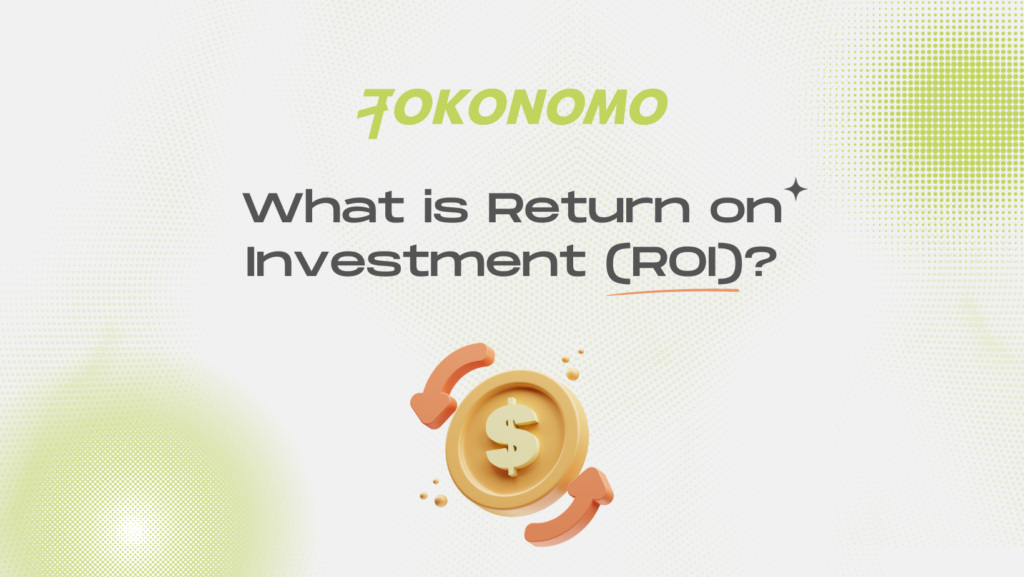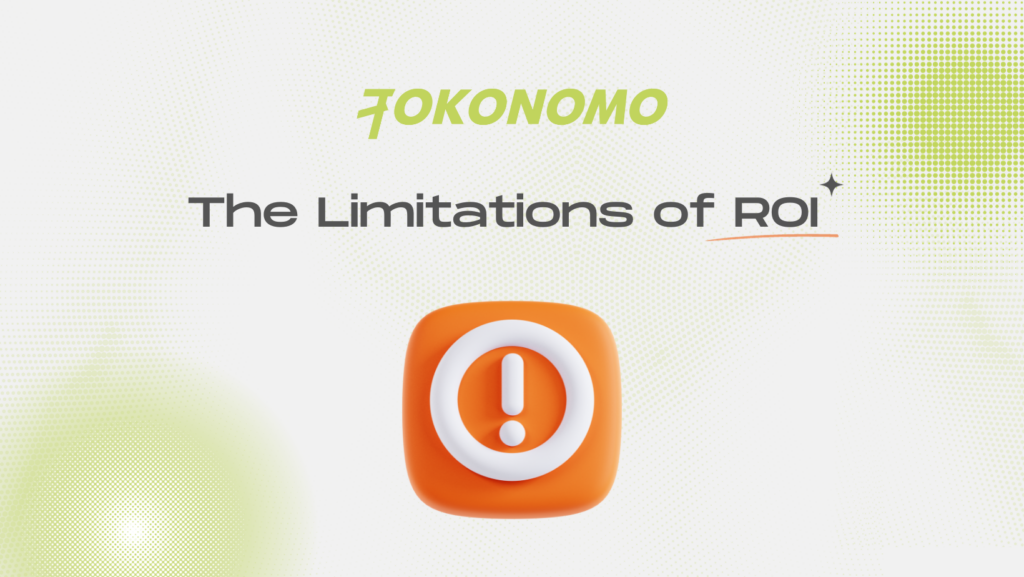No matter your approach to trading—be it day trading, swing trading, or long-term investment—it’s crucial to consistently evaluate your performance. Failing to do so leaves you in the dark about your progress. Trading offers a unique advantage in its ability to be objectively measured using specific metrics, effectively curbing emotional and cognitive biases.
This practice serves a valuable purpose. While our minds naturally construct narratives to comprehend the world, numbers present an undeniable truth. Negative returns signal a need for strategic adjustments. Conversely, feeling successful without corresponding positive numbers likely indicates bias influencing your perception.
Now, how does one assess investment performance and compare various investments? This is where the calculation of Return on Investment (ROI) becomes invaluable. In the upcoming discussion, we’ll delve into the methodology behind calculating ROI and its significance in evaluating investment returns.
What is Return on Investment (ROI)?
Return on investment (ROI) serves as a metric for gauging the performance of an investment and serves as a comparative tool between different investment options.


Diverse methods exist for computing returns, and in the subsequent chapter, we will delve into some of these methodologies. For the present moment, comprehending that ROI evaluates the profits or losses relative to the initial investment suffices. Essentially, it serves as an approximation of the profitability of an investment. A positive ROI signifies profits while a negative ROI indicates losses in comparison to the original investment.
The utilization of ROI extends beyond trading or investment; it extends to all types of businesses or purchases. If contemplating the launch or acquisition of a restaurant, preliminary number-crunching is prudent. Does initiating this venture align with financial prudence? Deriving an estimated ROI based on forecasted expenses and returns could facilitate a more informed business judgment. Should the outlook suggest a potential profit (i.e., a positive ROI), initiating such an endeavor might prove worthwhile.
Furthermore, ROI aids in assessing the outcomes of prior transactions. Consider this scenario: purchasing an aged exotic car for $200,000, utilizing it for two years with an additional $50,000 in maintenance costs, and now finding its market value increased to $300,000. Apart from the enjoyment derived over two years, this investment generated a substantial return. How much precisely? Let us ascertain.
How to Calculate Return on Investment (ROI)?
The calculation for ROI is rather straightforward. It involves subtracting the initial investment cost from the current value of the investment and then dividing the resultant figure by the original investment cost.
ROI = (current value - original cost) / original costHence, to determine the profit obtained from selling the exotic car:
ROI = (300,000 - 200,000) / 200,000 = 0.5 Therefore, your ROI stands at 0.5. By multiplying this by 100, you’ll obtain the Rate of Return (ROR).
0.5 x 100 = 50This indicates a 50% gain on your initial investment. Nevertheless, it’s crucial to consider the expenses incurred while acquiring the car. Deducting that from the current value:
300,000 - 50,000 = 250,000Subsequently, recalculating the ROI while factoring in the expenses:
ROI = (250,000 - 200,000) / 200,000 = 0.25Your ROI now stands at 0.25 (equivalent to 25%). This signifies that by multiplying your initial investment cost ($200,000) by the ROI (0.25), the resulting figure will represent the net profit, totaling $50,000.
200,000 x 0.25 = 50,000The Constraints of Return on Investment (ROI)
Indeed, comprehending ROI comes quite easily and offers a universally applicable measure of profitability. However, are there any caveats? Absolutely.
Among the significant limitations of ROI lies its disregard for timeframes. Why is this significant? Well, time plays a pivotal role in investments. While other factors like liquidity and security might be at play, an investment yielding a 0.5 ROI in a year outweighs the same ROI realized over five years. This is why discussions around annualized ROI surface, depicting the investment gains anticipated within a year.


Nevertheless, ROI fails to encompass various dimensions of an investment. A higher ROI doesn’t inherently equate to a superior investment. What if you struggle to find buyers for your investment and end up stuck with it for an extended period? What if the underlying investment lacks liquidity?
Another pivotal consideration involves risk. An investment might exhibit an incredibly promising ROI, but at what potential risk? If there’s a considerable likelihood of it plummeting to zero or rendering your funds inaccessible, the prospective ROI loses significance. Why? The risk associated with holding such an asset for an extended period is exceedingly high. Granted, the potential reward might be substantial, yet the prospect of losing the entire initial investment is unequivocally undesirable.
Merely relying on ROI fails to shed light on the investment’s safety, necessitating the consideration of other metrics. Evaluating the risk/reward ratio for each trade and investment could provide a clearer understanding of their quality. Furthermore, stock market analysts might incorporate additional factors when assessing potential investments, encompassing cash flows, interest rates, capital gains tax, return on equity (ROE), and more.
Conclusion
We’ve thoroughly examined the concept of return on investment (ROI) and how traders can effectively leverage it to enhance the quality of their investment choices. The return on investment formula stands as an indispensable component for monitoring and assessing the overall performance of various portfolios, investments, or businesses.
As previously deliberated, ROI serves as an informative metric, albeit not the ultimate one. It is imperative to factor in elements like opportunity cost, risk/reward ratio, and other pertinent considerations influencing the selection among diverse investment prospects. Nevertheless, ROI serves as an initial benchmark that proves valuable in appraising a prospective investment.











